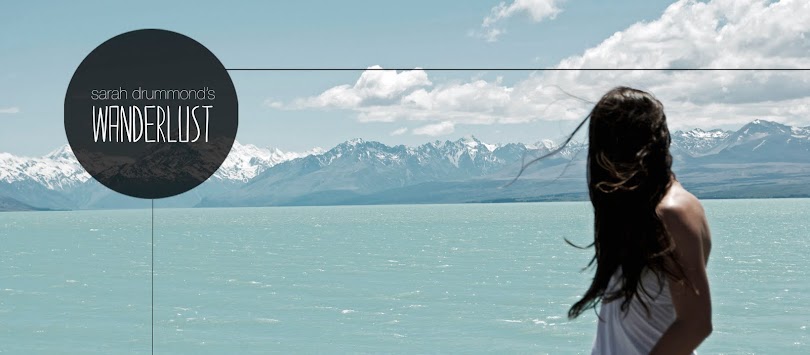The Moeraki Boulders are located on Koekohe Beach at a place named Kumara, partway between Hampden and Moeraki townships in North Otago on the South Island (for all you map lovers). The only access to the boulders is a small, one way road and other surrounding areas of the beach at low tide. These boulders are grey-coloured septarian concretions (basically rounded concretions with cracks in them, though some are split open) and have been eroded out by the waves from the cliffs of mudstone on the beach. Some of the boulders have not fully eroded out of the cliffs and can still be seen protruding out of them. They originally formed on the sea floor when the mudstone was accumulating during the early Tertiary period about 60 million years ago. They weigh several tonnes and are up to 12 ft in circumference.
That's your history lesson for the day. However, what I find more interesting is how people in the past have believed them to be created. Over the history of time there have been many interpretations on the creation of these boulders. Some have thought them to be the fossils of dinosaur eggs, ancient human artifacts and some have even believed them to be extraterrestrial debris from a galaxy far, far away. But the story I like best is the Maori legend. Anywhere you travel in New Zealand there is most likely an incredible Maori legend about the place, something I have come to love like a wide-eyed child enamored with a mystical bedtime story. Here is my paraphrased version of the Maori legend of the Moeraki Boulders.
There were many large sailing canoes battling the seas from the distant Hawaiki (a legendery Pacific island from which the ancestral Maori's came from) and one of them was called the Arai-te-uru. This colossal canoe was on a southern quest for precious greenstone (New Zealand jade) but in a great storm, the canoe wrecked near Shag Point (Matakaea). It is said that the reef that today extends seawards is the canoe's petrified hull, while close by, in the shape of a prominent rock, stands the petrified body of her commander. Strewn all across the beach are the boulders that represent the eel baskets, calabashes and kumaras (sweet potatoes) washed ashore from the wreck. The name Moeraki means "drowsy day".
Jan, her third ages and I hiked about 3.5 kilometres (2.2 miles) around the bend of the beach to a grassy area to have lunch and then hopped back in the bus to head to nearby Katiki Point.
As we were driving up the windy, one way dirt road up to Katiki Point, rolling green hills full of cotton puffs of sheep surrounded every inch of the landscape. As we came up over a hill, the only view was the cliffs before us and the dark blue ocean beyond us. It was a sight that will forever be etched into my memories. There were several moments during our hike atop these green cliffs that I was certain this is the place where you arrive after death. It is just one of the magical heavens of New Zealand that literally blew me away. I say literally because the wind on top of these cliffs felt like a hurricane. When my little brother and I were younger and living in southwest Florida, we would walk out onto our street hours before a hurricane and lean into the heavy, powerful winds to see how low to the ground we could lean before running back into the house for safety. It was almost like trusting the mercy of the wind. This is how I felt that day, blown away by the powerful majesty of nature.
At the tip of Katiki Ppoint (also known as Moeraki Point) there is a beautiful, white lighthouse from 1878 and surrounding these cliffs were families of seals. Within the flax bushes were dozens of big, awkward yellow-eyed penguins. I only caught a glimpse of two or three of them but because they were so deep in the bushes that I was unable to take a photo. The memory of a large, black and white penguin waddling through green bushes with their beautiful, piercing yellow eyes was a complete revelation considering I have grown up picturing penguins in the Antarctic ice.
It was a dreamy, chilly, blustery day at the bottom of the world.
Katiki Point
penguin tracks
when's the last time you pissed off a seal?
We went to a couple Kaiks (ocean villages) & I couldn't help but capture their colourful beach huts
biblio: http://www.teara.govt.nz/






















"...at the bottom of the world." :-) thanks for the new post. hope to see more :-)
ReplyDeletethanks! :)
ReplyDeleteI love the photo with the green moss on the stone.
ReplyDeleteThis reminds me so so so much of Kiama with the cows and the green hills and the rocks covered in moss on the beach (obviously they weren't sphere though in Kiama).
Miss you, love it.
Thanks Cass, Kiama sounds pretty awesome if it's anything like Katiki & Moeraki. I'll have to put it on my list :)
ReplyDelete